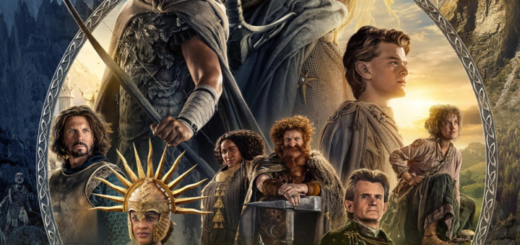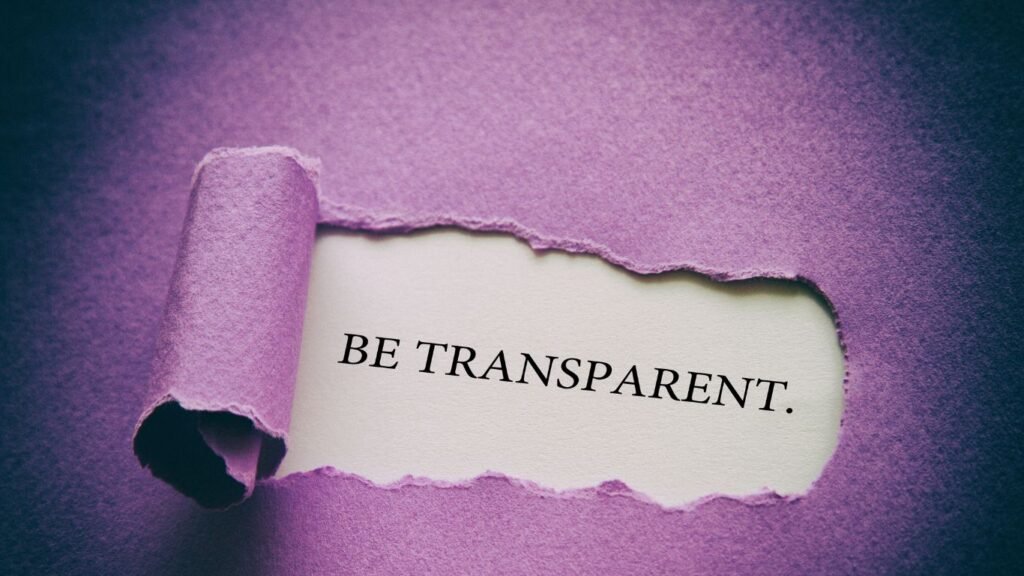Hebbuli Cut Movie Review (2025)

“Hebbuli Cut”, directed by Bheemarao P, is a powerful Kannada film that explores caste injustice through the eyes of a schoolboy. Released on July 4, 2025, the film surprised many with its emotionally strong storytelling, grounded visuals, and authentic performances. While the title may hint at a fan-based tribute to actor Kiccha Sudeep’s iconic 2017 film Hebbuli, the movie unfolds as a deeper and more meaningful reflection on dignity, discrimination, and self-respect.
🎬 Story and Premise
The film takes place in Chandrabanda, a rural village in North Karnataka. The story follows Vinya, a bright and spirited teenage boy, played by Mounesh Nataranga. Vinya comes from a marginalized Dalit community and studies in a local government school. Like many teenagers, he harbors a crush on a classmate. To impress her, he decides to get the trendy “Hebbuli” haircut made famous by actor Kiccha Sudeep.
This seemingly simple desire reveals layers of societal inequality. Vinya saves ₹500 to get the haircut. But when he visits the local barber, caste bias begins to surface. The barber hesitates to serve him. He warns that others in the village might not react kindly to a boy from Vinya’s background trying to stand out. Even after paying the full amount, Vinya faces judgment, humiliation, and resistance. His dream of looking confident turns into a harsh lesson on social boundaries.
The film uses the haircut—a symbol of confidence and identity—as a powerful metaphor. Vinya does not only want to look stylish. He wants to feel equal, respected, and seen. His journey toward that goal forms the emotional and political heart of the movie.
🧑🎭 Performances
Mounesh Nataranga as Vinya
Mounesh gives a deeply moving performance. He captures Vinya’s innocence, hope, frustration, and resilience with remarkable subtlety. His expressions carry the emotional weight of the story. When he imagines himself with the Hebbuli haircut, his eyes light up. When he hears people mocking him or resisting his desire, he quietly breaks down. His performance never feels exaggerated. He makes Vinya real and relatable.
Mahantesh as the Barber
Mahantesh delivers a layered performance. He plays a barber torn between fear and fairness. While he understands Vinya’s wish, he also fears the village’s caste-based expectations. He reflects the silent collaborators of caste oppression—people who follow unjust rules not out of hatred, but out of fear and habit. His scenes provide powerful commentary on how caste bias operates even in day-to-day professions.
Supporting Cast
Ananya M.K. plays Vinya’s classmate and love interest. She appears in only a few scenes, but her presence fuels Vinya’s motivation. Mahadev Hadapad and Uma YG, playing Vinya’s parents, bring quiet strength to the film. They work hard, worry for their son, and try to protect him from heartbreak without crushing his dreams. Their interactions show the pain that parents from oppressed communities carry while raising ambitious children in an unequal society.
🎥 Direction and Writing
Bheemarao P, in his directorial debut, shows clear vision and courage. He frames the story with warmth, humor, and deep emotion. He chooses to highlight the problem of caste without resorting to heavy speeches or dramatic courtroom scenes. Instead, he uses simple moments—a boy saving pocket money, a nervous visit to the barber, awkward silences in school, and small rejections from elders—to expose how caste operates in invisible but cruel ways.
The screenplay never loses focus. It centers around Vinya’s haircut but weaves in themes of dignity, friendship, family support, and emotional maturity. The director uses each scene to build empathy. He makes the viewer sit with Vinya’s pain and desire, not just watch it.
The writing never preaches. It invites the audience to feel, reflect, and question. The film ends without a dramatic twist. But it leaves a strong emotional impression, one that lingers after the credits roll.
🎞 Cinematography and Visual Tone
Deepak Yaragera, the cinematographer, captures the village setting with natural light and earthy colors. The camera follows Vinya closely, giving the film an intimate, documentary-like feel. Wide shots of dusty fields, narrow school hallways, and quiet evening rooftops create a deep sense of place.
The film never tries to look glamorous. It embraces the beauty of everyday life—kids walking barefoot, women drawing water, barbers reading newspapers, and teachers sipping chai. This realism adds weight to the film’s themes and helps the audience connect more deeply with the characters.
✂️ Editing and Pacing
Ashe Prajwal Vasist, the editor, keeps the film tight and focused. At just under two hours, the story moves with clarity. Some parts of the film, especially around Vinya’s emotional growth, could use more depth. But the overall pacing works well. It allows the audience to absorb the tension slowly and fully.
🎵 Music and Sound
Navaneeth Sham, the music director, creates a subtle background score. The music never overwhelms the scenes. Instead, it enhances them. In moments of joy, the music feels playful. In moments of despair, it becomes soft and haunting. There are no big musical numbers or distracting songs. The soundtrack respects the story and supports it beautifully.
🎯 Themes and Social Commentary
Caste and Identity
The film exposes how caste shapes people’s dreams and choices. It shows how even a haircut can become a battlefield for dignity. When Vinya wants to look cool, society reminds him of his “place.” The barber, the school, and even his peers carry biases that crush his confidence.
Aspirations and Reality
Vinya wants to feel like a hero. He wants to rise above his background, impress a girl, and carry himself with pride. But reality hits him hard. The film doesn’t mock his dream. It honors it. It shows how children from poor or marginalized communities must fight extra battles to dream freely.
Parental Love
Vinya’s parents support him silently. They may not understand everything he feels, but they stand behind him. Their scenes add emotional richness and show how family can become a source of strength in a world that tries to pull you down.
🧩 Strengths
- Strong performances from lead and supporting actors
- Emotionally honest direction and writing
- Powerful social message delivered through small moments
- Realistic cinematography and grounded visuals
- Subtle background score that supports the tone
⚠️ Weaknesses
- Some character arcs could use more emotional depth
- The ending feels a bit open and unresolved for some viewers
- A few transitions between scenes feel slightly abrupt
🗣 Critical and Audience Reception
Critics have praised the film for its emotional depth and social relevance. Most reviewers gave it a rating of 3.5 out of 5, calling it a fresh and important voice in Kannada cinema. Audiences also reacted positively, especially young viewers who related to Vinya’s desire for dignity and identity.
On social media, people praised the film’s simplicity and strength. Many viewers shared personal experiences of discrimination and said the movie helped them feel seen.
📰 Latest Buzz and Cultural Impact
The film continues to perform well in smaller towns and urban centers. Word-of-mouth promotion has helped it reach audiences who usually skip issue-based dramas. Film clubs and student organizations have begun screening the movie in colleges and discussion groups. Many young viewers call it “one of the most honest Kannada films of the year.”
Hebbuli Cut has also sparked conversations about caste in pop culture. It shows how even simple fashion trends or hairstyles reflect deeper social divides. Director Bheemarao P, now hailed as a promising new voice, plans to continue exploring such real-life themes in future projects.
📝 Final Verdict
Hebbuli Cut tells a simple story with deep meaning. It shows how something as ordinary as a haircut can hold emotional, political, and cultural power. The film blends realism with tenderness. It gives space to young voices without ignoring the weight of tradition and discrimination. It does not offer easy answers. But it raises important questions with honesty and heart.
If you want cinema that makes you think, feel, and reflect—this film deserves your attention.
Rating: ★★★★☆ (4 out of 5)













